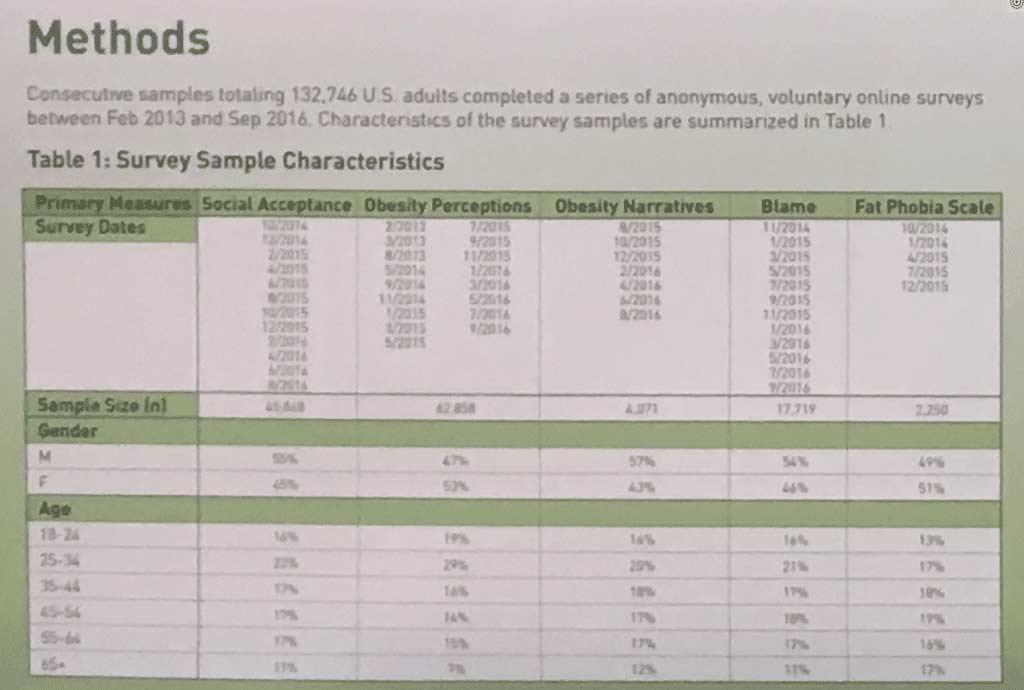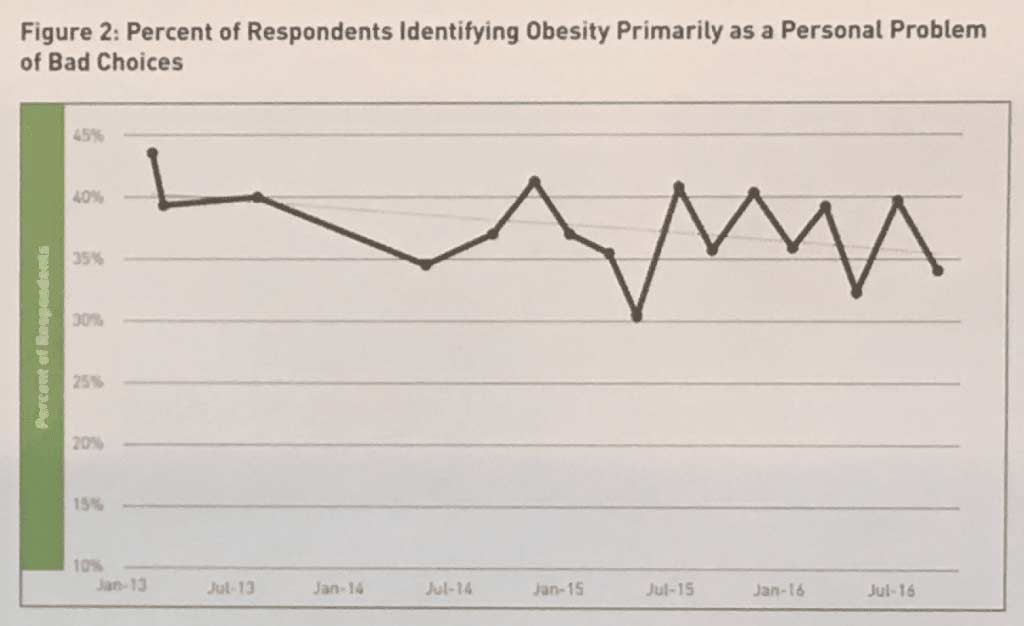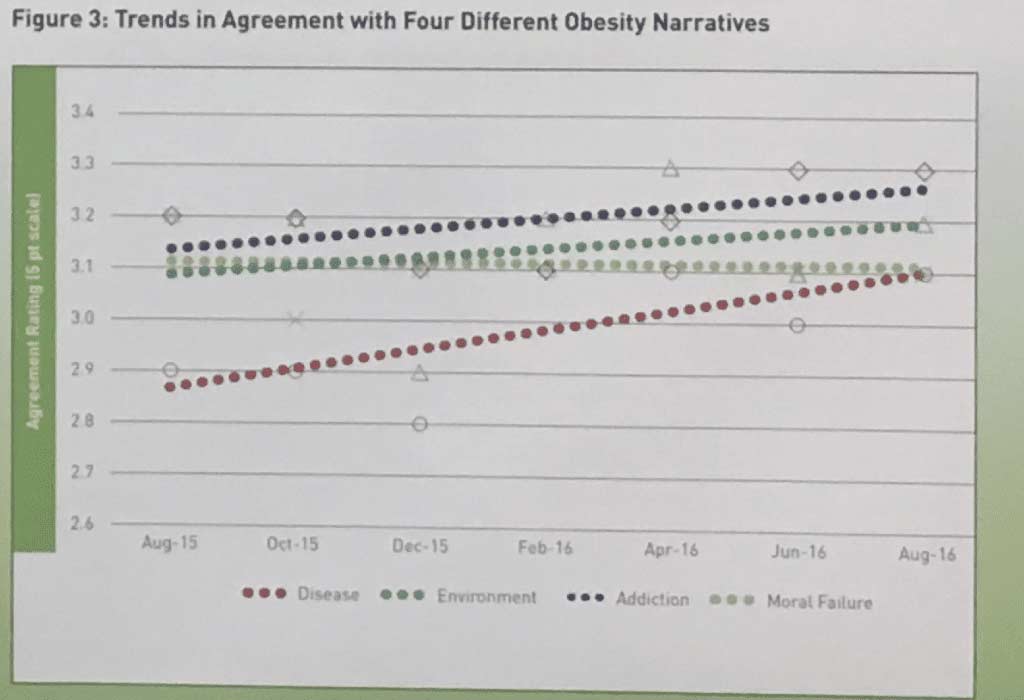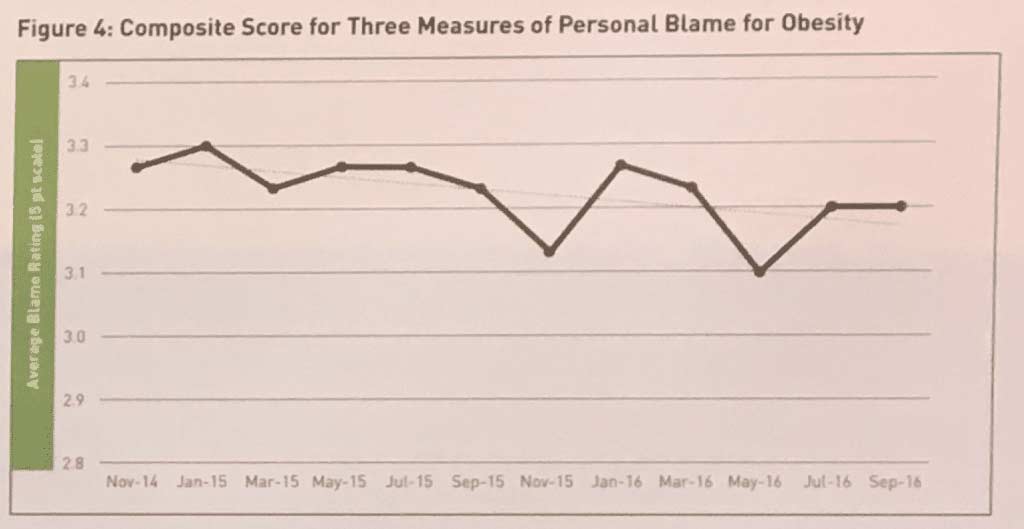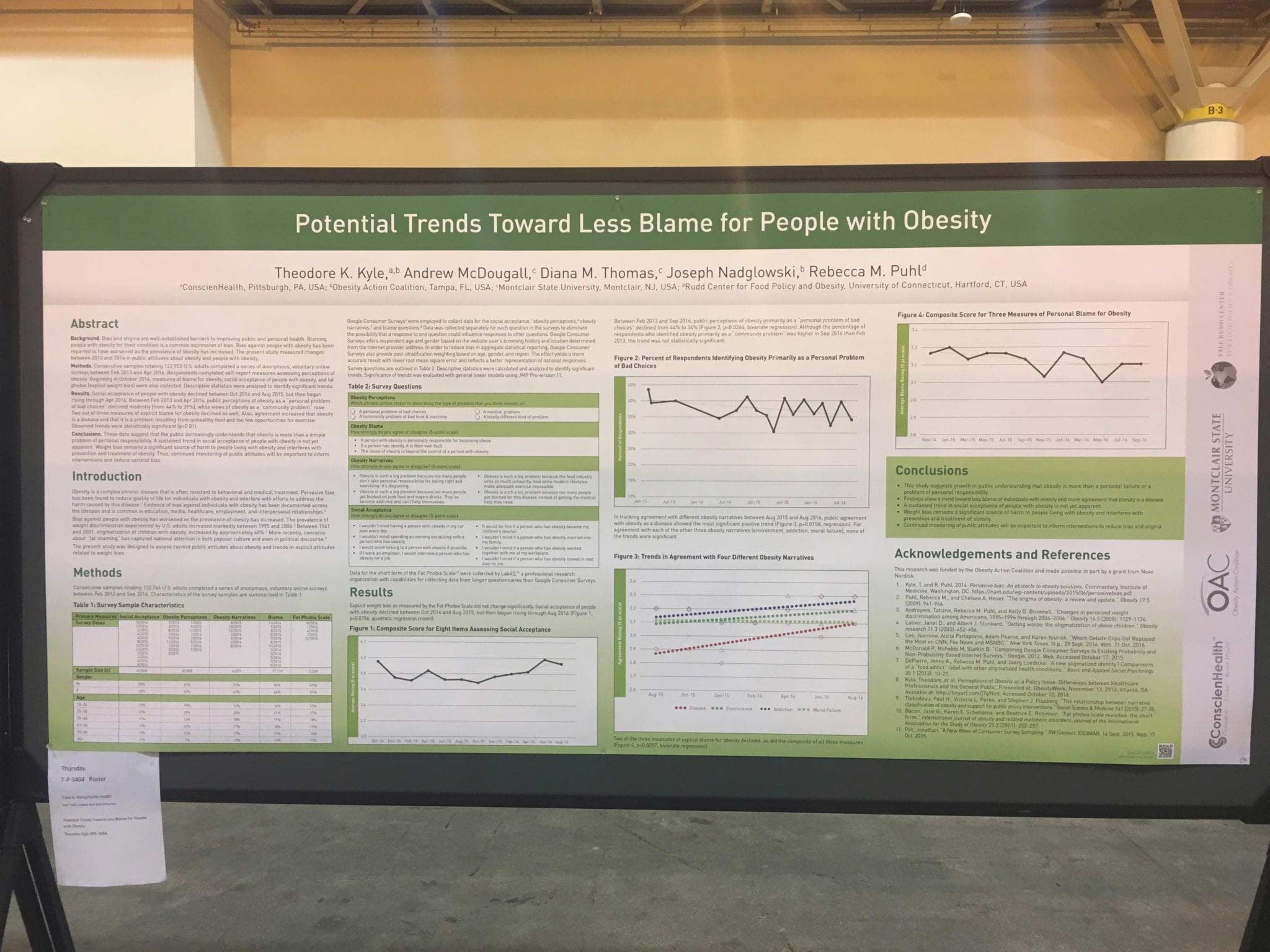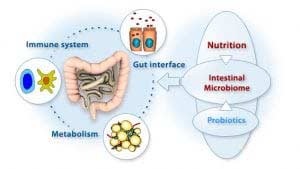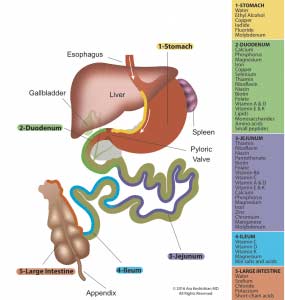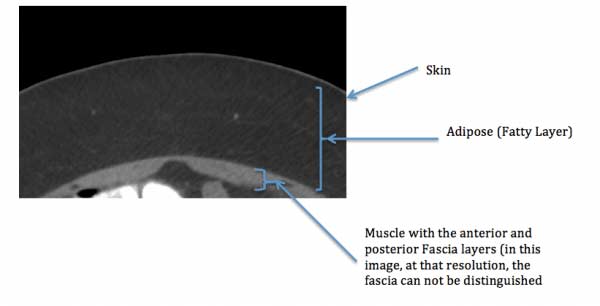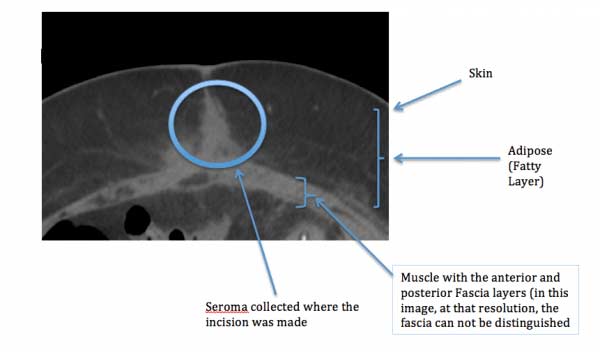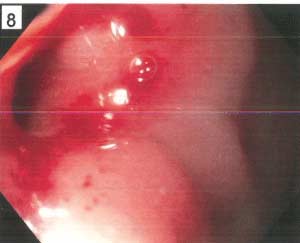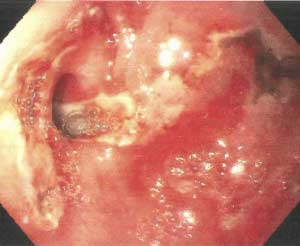Standard Common Channel In Duodenal Switch Will Result In Weight Regain.
December 16, 2016 1:57 pm
Stéfane Lebel, M.D.*, Geneviève Dion, M.D., Simon Marceau, M.D., Simon Biron, M.D., M.Sc., Maud Robert, M.D., Laurent Biertho, M.D. earlier this year released a research article comparing patients undergoing standard common channel of 100cm and standard common channel 200cm. The conclusion of this article was: “In this population, BPD-DS with a 200-cm common channel offered similar remission rate of co-morbidities compared with standard BPD-DS. It was associated with similar weight loss at nadir, followed by a more significant weight regain. It might yield a lower rate of nutritional complications. Long-term randomized data are needed to detect other potential advantages.”
Our Experience:
One of the most dreaded outcomes of any weight loss surgical procedure is weight regain. This is assuming that initial adequate weight was lost to result in resolution of the co-morbidities in the first place. As the weight loss surgical field has changed over the years so has been the cases of regain that we have seen.
There was a time when Lap bands were being revised for inadequate weight loss and weight regain. Not to mention the complications of reflux, difficulty swallowing and persistent Nausea and vomiting. Then as more Gastric bypass procedures “aged” the number of patients that started looking for revision for weight regain increased. The latest fad is the Vertical Sleeve Gastrectomy that are done with false sense of expectation and results. The long term outcome of Vertical Sleeve Gastrectomy is no where close to that of the Duodenal Switch, independent of the size of the sleeve. In fact, more surgeons are trying to get a little more weight loss by making the sleeve too tight. All they are doing is creating a significant and debilitating set of problems such as reflux, nausea, and solid intolerance.
The ideal revisional procedure for these patients should be the Duodenal Switch. Some surgeons, however, have started advocating “single anastomosis” knock off the duodenal switch. Others do “standard length common channel” rather than a Hess method Duodenal Switch. I have always performed a traditional Hess method Duodenal Switch. The Hess method Duodenal Switch has held the largest and longest excess weight loss maintenance for 28 years, going into 29 years. Here is a past blog regarding small bowel length.
The predetermined standard common channel results in weight regain. Study
Causes and Perception of Obesity
December 12, 2016 7:34 am
Introduction
Society has long ignored the scientific causes of obesity and formed their perceptions based on personal attitudes. There are a number of factors that have been identified that contribute to the epidemic of obesity. Unfortunately, there continues to be a public perception of obesity being a “personality” disorder. Quite frequently patients are told “…just eat right and exercise, and everything will be fine.” We all know that is not the case. One of the poster presentations during the 2016 Obesity Week was on the subject of causes and perception of obesity. This topic is always an important talking point at these meetings and there seems to be some changes in viewpoint of the general population.
This was a large study conducted over a long time frame with a relatively decent population size.
The study showed a slow but steady improvement in the perception by the general population in recognizing the multifactorial nature of obesity with less personal blame on the patient. The pace of change in perception has been positive, however, there is a still large gap for improvement. There is hope for the future of a correlation of causes and perceptions of obesity.
Summary
We, as a healthcare providers and society, are making improvements in educating, awareness, and perception of obesity but we still have work to do. In this changing healthcare environment, we can not let these gains in perception slip back to old patterns and biases. We need to maintain our diligence, education and our forward thinking to continue the positive and factual perception of obesity.
Waiting on Pregnancy after Bariatric Surgery
October 27, 2016 11:47 am
Following Bariatric Surgery women should wait to conceive until they are at least 2 yrs post surgery, their weight has been stable for several months and their laboratory studies of vitamin, minerals and electrolytes levels are normal. After weight has stabilized and blood work is normalized pregnancy after Bariatric Surgery can be achieved in a health manner for both mother and infant if monitoring is provided in relation to the surgery. We have discusses previously the importance of these issues in the following blogs here.
The following article by Lisa Rapaport re-emphasises this:
(Reuters Health) – Babies born less than two years after their mothers have weight loss surgery may face a higher risk of serious complications than infants delivered after more time has passed, a U.S. study suggests.
Because obesity is linked to fertility issues, undergoing so-called bariatric surgery to shed excess weight can make it easier for some women to get pregnant. But when these women do conceive, they are more likely to have premature or small infants that require intensive care than women in the general population. The remainder of the article can be found here.
Gut Biome and Body Fat
October 06, 2016 7:02 am
The Gut Biome and body fat link continues to be an interesting and new front in the science of obesity. Although we know more factors in obesity it has remained an elusive multi-factorial process. The following article is yet another piece of the puzzle.
Study finds link between faecal bacteria and body fat “Researchers at King’s College London have found a new link between the diversity of bacteria in human poo – known as the human faecal microbiome – and levels of abdominal body fat.
The research, published today in Genome Biology, also provides further evidence of possible genetic influences on obesity, through heritable bacteria found in the faecal microbiome.”
View the rest of the article here. The research paper here.
Our past posts on gut biome and probiotics here
Small Intestine
September 25, 2016 10:27 am
The small intestine is a long tubular organ that is approximately 460-1000cm in adults. It is divided into three sections, Duodenum, Jejunum, and Ileum. The surface area is greater than one might think due to the folds, villi, and microvilli. The surface area is approximately 30 square meters. Most of human digestion and absorption takes place within these three sections of small intestine.
The diagram of normal anatomy absorption in the small intestine is pictured to the right. It is color coded based on the area of the digestive tract the absorption takes place. You may also view here: master-normal-anatomy-with-text
Overview
Length: 22 ft. (6.7 m)
Width: 1 inch
pH: neutral or slightly alkaline (5-7)
- Steps:
- Neutralization in stomach, where enzymes act to breakdown food
- Digestion through greater breakdown with help of bile and pancreatic juices
- Absorption through assimilation of digested food, vitamins, and salts. Nutrients are taken into the bloodstream via specialized epithelial cells to the liver through the hepatic portal vein.
Duodenum
Length: 1 ft. (0.30 m)
pH~ 5
- Main site of breakdown
- C shaped turn with 4 parts: superior, descending, inferior, ascending
- Mixes food (now in form of chyme) with bile and other digestive juices
- Passes chyme through duodenojejunal flexure which contains suspensory muscle to widen the duodenal angle and increase movement.
Jejunum
Length: 8.2 ft. (2.5 m)
pH~ 6
- Coiled, vascular tube that contains a thick intestinal wall
- The wall contains epithelial projections called intestinal villi
- Smaller projections in the villi, called microvilli work to:
- project specialized transport cells called enterocytes
- increase surface area
- allow more absorption
Ileum
Length: 11.5 ft. (3.5 m)
pH~ 7
- Less vascularized and thinner intestinal wall
- Absorbs nutrients that preceding sections of the gut did not
- particularly works with vitamin B12 and bile salt absorption
- Connects to the colon through the ileocecal valve for further breakdown.
The following are Member Exclusive documents. Please be aware of your terms of use of these items.
Click for: Duodenal Switch Absorption & Anatomy (1.2 MB)
Click for:RNY Absorption Anatomy (1.1 MB)
References:
- Campbell NA, Reece JB, Mitchell LG. Biology. 5th ed. Benjamin-Cummings Pub Co. 1999-2002; 802-805.
- Ovesen L, Bendtsen F, Tage-Jensen U, Pedersen NT, Gram BR, Rube SJ. Intraluminal pH in the stomach, duodenum, and proximal jejunum in normal subjects and patients with exocrine pancreatic insufficiency. Gastroenterology. 1986; 90(4): 958-62.
- Stevens C. E., and Hume, I. D. 1995.Comparative Physiology of the Vertebrate Digestive System. 2nd ed. New York: Cambridge University Press.
- Schmidler C. Anatomy and Function of the Digestive System. Healthpages.org. 2016.
Seroma
September 21, 2016 12:06 pm
A seroma is a collection of a serum that builds up under the skin or between tissue layers, usually at surgical sites or where tissues has been removed. The development of a seroma usually doesn’t appear for a week or so after surgery or drains are removed.
The best way to understand a seroma formation at an abdominal site is to know the anatomy of the abdominal wall. The abdominal wall has a number of distinct layers. Starting from outside to inside they are: the skin, adipose (fatty layer), muscle and then the peritoneal. I should mention that this is over simplification since depending on what part of the body we are specifically looking at the thickness of each layer may be different. Additionally, there may be other fascia or muscle layers that overlap at certain places that do not for example in the midline.
The skin is self explanatory, it is a protective layer.
The fatty layer, underneath the skin layer, is where energy is stored. The key with this layer is that there are very few blood vessel and lymphatic channels located in this layer. From a metabolic standpoint, fat is not very active so there is no need for it to have significant amount of circulation, unlike a skeletal muscle that may be involved with movement of large bones for example.
The muscle layer is well drained by lymphatic system and has excellent venous and arterial supply and drainage.
The peritoneal cavity is where the organs are encased with in the peritoneum (thick membrane).
When an incision is made, it traverses thru all the planes of the abdomen, from the skin all the way down to peritoneal. The fatty layer, as mentioned above lack lymphatic channels and drainage. Its’ blood supply, arteries and veins are sporadic. This results in an environment with poor drainage properties. Any small amount of fluid either left behind from irrigation, or any fluid that collects in the tissue, caused by the swelling , inflammation which results from the injury of the surgery, can potentially collect.
There are a number of ways to help prevent seroma formation, however, depending on the individual, their health status, inflammatory response, healing process, medications, etc. they may still form. In order to provide for a way for the fluid to drain a number of things can be done. Sometimes different drains are placed within the fatty layer allowing the fluid to drain out or collect in the drain. Another technique is to close the incision with skin staples far apart, allowing the fluid to drain between the staples. I close the incisions with the absorbable stiches, but leave the top and the bottom of the incision open by 1cm (1/4”). These openings in the incision allow for natural drainage of fluids out of the abdominal space, which we want. These openings also allow me to gently place a sterile q-tip in the office to make sure there is no fluid collection and to drain if any has formed. Wearing compression binders or garments can help to reduce swelling and risk of seroma formation.
As healing takes place seromas may reoccur and need draining. Although they are bothersome seromas are rarely serious and will eventually resolve with healing and if needed draining. The fluid draining from an incision should be thin and clear, yellowish clear or pink clear. It should not be milky, thick, purulent, or green. If you are experiencing anything out of the ordinary, please do not hesitate to call your surgeon.
Importance of ProteinExclusive Member Content
September 08, 2016 2:43 pm
Top Tips for Your First Weeks at HomeExclusive Member Content
September 08, 2016 10:51 am
Review & Update Giveaway!
August 31, 2016 6:27 pm
The Prize winners are Jo and Kimberly! Congratulations ladies and enjoy the Obesity Help National Conference! Thank you to all that participated in the Giveaway!
We are holding a review and update giveaway for two different prizes! Thank you for your
participation!
One Prize and One Grand Prize
Prize: two tickets to Obestiy Help National Conference Sept. 30-Oct 1, 2016
Grand Prize: two tickets to Obesity Help National Conference and one night
hotel stay October 1, 2016
Conference: 11999 Harbor Boulevard Garden Grove, California 92840 Event link here
Hotel Prize: SHERATON GARDEN GROVE – ANAHEIM SOUTH HOTEL
12221 Harbor Boulevard
Garden Grove, California
Official Rules:
How to Enter and eligibility: All entrants and winners must be 18 years of age or older at the time of entry. Up to 5 entries per person.
- Write a review of Dr. Ara Keshishian on one or all of the sites below or do an update on your profile on Obesity Help between now and Sept. 8, 2016 at 5:00 PM
2. Take a screen shot of the review or update with your username and date.
3. E-mail the screenshot to contact@dssurgery.com with your contact information (name, phone number, e-mail, and mailing address )
4. Entries must be a verifiable patient of Dr. Ara Keshishian in Glendale, CA.
Promotion Timing:
The Review & Update Giveaway begins September 1, 2016 and ends September 8, 2016 at 5:00pm PST
How Winners are Chosen:
Winners will be chosen by random draw. Odds of winning vary upon the number of entries received for the giveaway.
Winner Notification and the Claiming of Prizes:
Winners will be notified via the email provided at time of entry and also published on our blog comments www.dssurgery.com/blog and on our FaceBook page. The winner will have 72 hours to respond to the winning notification email or the prize will be forfeited. The prizes have no cash value. The prizes are non-transferable and must be accepted as awarded. No changes may be made to the prizes. There is no cash value for the prizes.
General Conditions:
By entering the Giveaway, entrants agree to abide by and be bound by these Official Rules and the decisions of the Sponsor, which are final and binding in all matters relating to the Giveaway, and release and hold harmless Sponsor and its affiliates, directors, officers, employees and assigns from and against any liability, claims, lawsuits, judgments, losses, damages of any kind, injuries, death, property damage, costs and expenses, arising from, resulting from or in connection with the Giveaway, the participation in the Giveaway, or the receipt, possession, use or misuse of any prize. Sponsor is not responsible for lost, late, incomplete, inaccurate, stolen, delayed, misdirected, undelivered or illegible entries or for lost or stolen entry boxes or other errors or difficulties of any kind whether human, mechanical, electronic, typographical, printing or otherwise relating to or in connection with the Giveaway, including, without limitation, errors or difficulties which may occur in connection with the administration of the Giveaway, the processing of entries, the announcement of the prizes, or in any Giveaway-related materials. Sponsor is not responsible for technical, hardware, software or telephone malfunctions of any kind, lost or unavailable network connections, or failed, incorrect, incomplete, inaccurate, garbled or delayed electronic communications caused by the user or by any of the equipment or programming associated with or utilized in the Giveaway. Persons who tamper with or abuse any aspect of the Giveaway or who are in violation of these Official Rules, as solely determined by Sponsor, will be disqualified and all associated entries will be void. The Sponsor reserves the right, at its sole discretion, to cancel, terminate, modify or suspend the Giveaway if, in Sponsor’s opinion, it is not capable of running as planned, including, but not limited to, due to tampering, unauthorized intervention, fraud, technical or phone line failures or any other problems beyond the control of the Sponsor, and select the winners for affected drawing(s) from among all eligible entries timely received for such affected drawing(s) prior to cancellation.
Ulcer and Stricture
August 29, 2016 5:21 am
A patient was referred to us for second opinion who was experiencing nausea, vomiting, GERD. The patient had Duodenal Switch procedure many years ago but more recently had developed significant nausea, worsening reflux and solid intolerance. The patient had an endoscopy a few months ago and was only found to have a stricture within the Duodenum, no definitive treatment was offered at the time to the patient. On second examination of this patient with a second EGD the result was development of diffuse Duodenal ulcers and stricture.
Note that these images are nearly identical positioning showing the stricture at 9 position. The image on the right also shows patchy ulcers.
Any changes in GERD, nausea, vomiting, gastric pain or discomfort after weight loss surgery should always be evaluated, treated, and followed. In a previous blog, the effects of GERD have been described.


